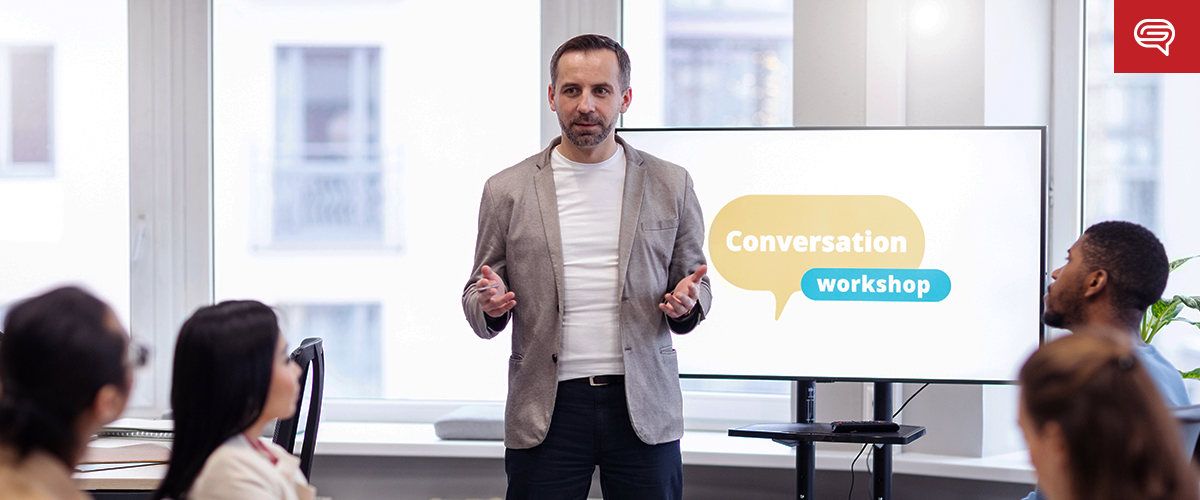
Non-verbal communication is an essential aspect of conveying your message during a presentation. It can amplify your message by helping you connect with your audience, emphasize key points, and maintain the audience’s interest. Therefore, it is vital to develop your non-verbal communication skills to improve your presentation’s impact.
Need a Presentation Designed?
Click Here To View Our Amazing Portfolio
Let’s talk about the best strategies for effective non-verbal communication during presentations.
Preparing for your presentation
Non-verbal communication is as important as verbal communication during a presentation. Thus, preparing for your presentation allows you to incorporate and optimize both verbal and non-verbal communication.
Here are some tips to help you prepare:
- Practice your body language and facial expressions in front of a mirror. You can also record yourself to review later. Being aware of your body language and facial expressions allows you to identify areas you need to improve.
- Dress appropriately for your audience and the message you want to convey.
Using body language
Body language lets you communicate through physical movements to convey messages and feelings.
However, while it can convey confidence, enthusiasm, and credibility, it can also undermine your message. Unprofessional body language can make you appear uncertain, uninterested, or untrustworthy.
Here are some tips to help you use your body language productively:
- Stand up straight to convey confidence, authority, and enthusiasm.
- Make and maintain eye contact with your audience. Make eye contact with individuals throughout the room, not just one individual or section.
- Use hand gestures to emphasize key points. Use gestures to indicate numbers or draw attention to specific areas of the slide.
- Use posture to convey your level of interest and engagement. Avoid slouching or leaning back, as doing so can make you appear disinterested and unprofessional, and may detract from your presentation.

Using facial expressions
Facial expressions can convey a range of emotions, attitudes, and reactions during a presentation. Using appropriate facial expressions can help your audience understand your message more effectively and engage them on an emotional level.
Here are some tips to use facial expressions effectively:
- Smile to show you’re friendly and approachable. Moreover, smiling can help you appear more confident and relaxed.
- Use a variety of facial expressions to convey different emotions.
- Avoid expressions that display discomfort, nervousness, or other negative emotions.
Effective non-verbal communication is an essential aspect of successful presentations. It can help you convey your message more effectively, connect with your audience, and keep them engaged.
By following the tips and strategies in this post, you can develop non-verbal communication skills to improve your presentation’s impact.
Need a Presentation Designed?
Click Here To View Our Amazing Portfolio
Partnering with SlideGenius can take the pressure off you as you prepare for your presentation. By handling the creation of visually appealing and informative presentation decks, SlideGenius can free up your time and energy to focus on the most important aspects of your presentation: preparing and rehearsing your delivery.
Contact SlideGenius today to schedule a consultation.





